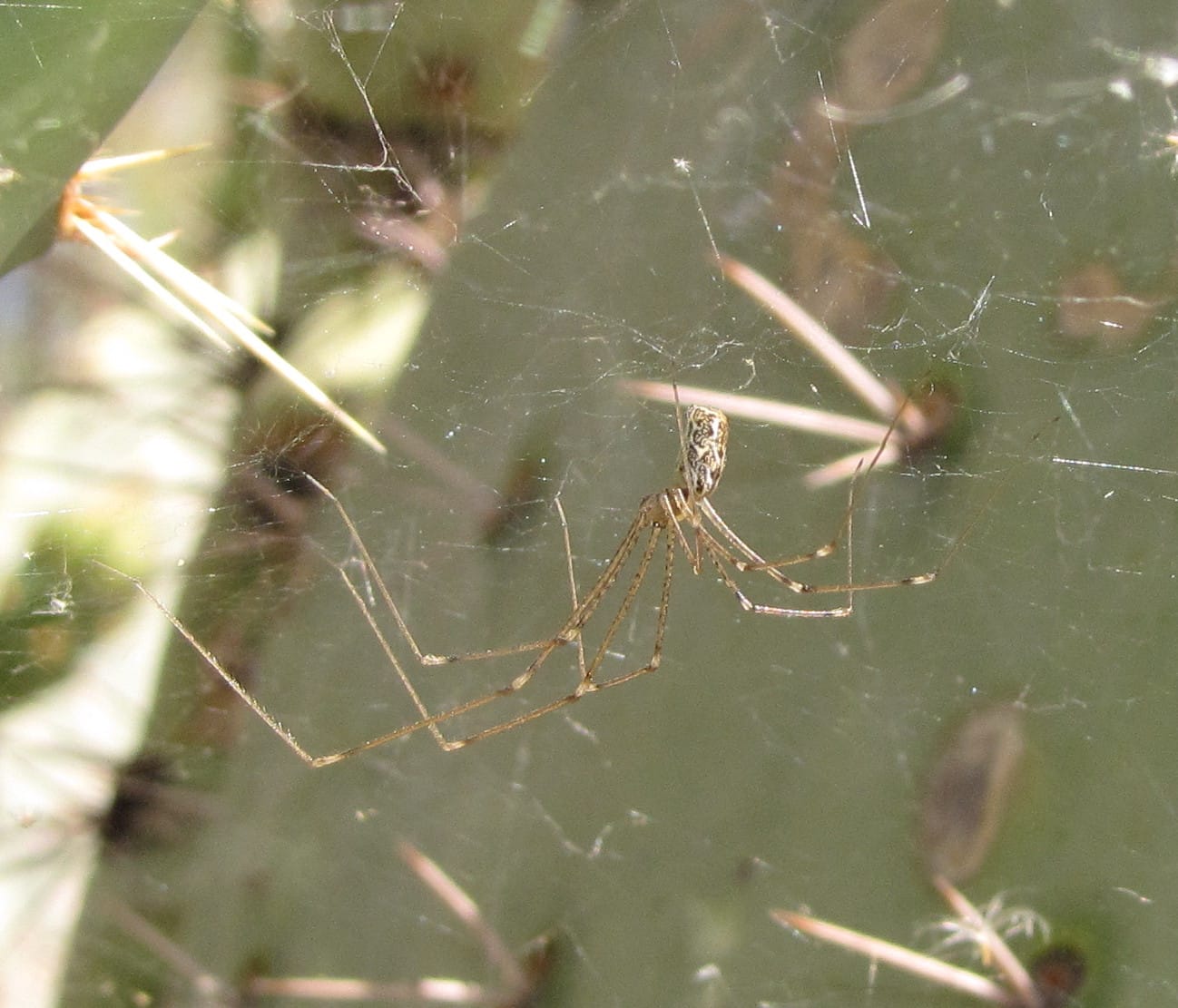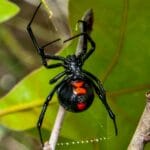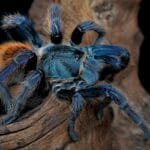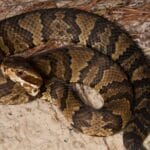Meet the marbled cellar spider, a leggy arachnid often mistaken for its distant relative, the harvestman (daddy long-legs). While similar in appearance, these spiders possess unique characteristics and behaviors. This comprehensive guide delves into the world of the marbled cellar spider, exploring its identification, habitat, behavior, and its role in our ecosystem.
Unveiling the Secrets of the Marbled Cellar Spider
Encountering a spindly, long-legged spider in your basement or garage is a common experience. Likely, you’ve met a marbled cellar spider (Holocnemus pluchei), a frequent, yet often misunderstood, housemate. While their appearance may be unsettling to some, these fascinating creatures are generally harmless and even beneficial.
Where Do They Reside? Habitat and Distribution
Marbled cellar spiders are true homebodies, thriving in dark, damp, and undisturbed areas within human dwellings. Basements, cellars, garages, and even closets provide ideal environments for these introverted arachnids. Outside, they seek similar secluded spaces like caves, rock crevices, or beneath logs. Their global distribution suggests they’ve probably spread by inadvertently hitching rides with humans throughout history.
Recognizing the Marbled Cellar Spider: Key Features
Identifying a marbled cellar spider relies on observing specific traits. Their pale gray or tan bodies often exhibit darker marbling or blotches, hence their name. Their long, thin, banded legs contribute to this mottled appearance and create an illusion of greater size. However, their bodies typically measure less than three-quarters of a centimeter in length, distinguishing them from harvestmen, which have a single, round body segment.
Web-Weaving Habits and Diet
Unlike the intricate webs of some spider species, marbled cellar spiders construct messy, irregular tangles of silk. Surprisingly effective, these webs ensnare their primary prey: insects. Their diet consists of common household pests like fruit flies, houseflies, and other small invertebrates, making them valuable allies in natural pest control.
A Spider’s Defense: Vibratory Camouflage
When threatened, marbled cellar spiders employ a unique defense mechanism called vibratory camouflage. By rapidly vibrating their bodies and webs, they create a blurring effect, confusing potential predators and allowing them to escape. This fascinating tactic highlights their adaptability and survival strategies.
Coexisting with Cellar Spiders: Friend or Foe?
The crucial question remains: should we be concerned about sharing our homes with these eight-legged creatures? The answer is generally no. Although capable of biting, marbled cellar spiders are not considered dangerous to humans. Their venom, designed for subduing small insects, is not potent enough to cause significant harm, and bites are exceptionally rare. They are typically non-aggressive and prefer avoidance over confrontation. Their pest-control abilities further solidify their role as beneficial cohabitants. If their presence becomes overwhelming, regular removal of their webs can discourage them from settling in. While large infestations are unlikely, professional pest control services can provide assistance if necessary.
How Poisonous Are Cellar Spiders?
The long-legged denizens of our basements and garages, cellar spiders, often evoke fear and questions regarding their venomous potential. To clarify, they are venomous, but their venom poses negligible risk to humans. Let’s examine why.
Cellar spiders, scientifically known as Holocnemus pluchei, produce venom primarily to subdue small insect prey. This venom, however, is not designed for large mammals like humans. While their fangs are small, the primary reason they pose minimal threat lies in the low toxicity of their venom to us. Research suggests that even if a bite occurs (which is rare), the effect would likely be imperceptible or, at most, a mild, fleeting irritation. Their fangs may struggle to pierce human skin effectively, further minimizing the already low risk.
Furthermore, cellar spiders provide beneficial pest control services, consuming common household insects like flies, moths, mosquitoes, and even other spiders – some of which might pose a greater threat. Their presence contributes to a cleaner home environment. While their appearance may seem unsettling, they are generally non-aggressive and prefer to avoid interaction.
While severe allergic reactions to cellar spider bites are highly improbable, individual sensitivities vary. If, in the rare event of a bite, you experience anything beyond minor localized redness, consult a doctor. This is a general precaution applicable to any insect bite or sting.
Ongoing research continues to expand our understanding of spider venom. While current evidence strongly suggests minimal risk from cellar spiders, future studies may further refine our knowledge.
Can Cellar Spiders Fly?
The notion of flying cellar spiders is a common misconception. These arachnids, despite their long legs and seemingly airborne movements, cannot fly. They lack wings, a fundamental requirement for flight. The illusion of flight may arise from their long, spindly legs and their habit of rapidly vibrating in their webs when threatened, creating a blurry effect.
The term “daddy long-legs” often refers to both cellar spiders and harvestmen, contributing to the confusion. Harvestmen, belonging to the order Opiliones, are arachnids but not true spiders. They also possess long legs and cannot fly.
These often-feared cellar spiders are actually beneficial, serving as natural pest control agents. They consume common household insects like mosquitoes, flies, and other spiders, contributing to a healthier home environment.
| Feature | Cellar Spider | Harvestman |
|---|---|---|
| Actual Name | Cellar Spider | Harvestman |
| Nickname | Daddy Long-Legs | Daddy Long-Legs |
| Type | Spider | Arachnid (Opiliones) |
| Can it fly? | No | No |
| Beneficial? | Yes (eats pests) | Yes (eats pests) |
Ongoing research continually enhances our knowledge of these creatures. While their inability to fly is well-established, future discoveries might reveal surprising details about their movements and behaviors.
If you are stuck on a crossword puzzle clue about Hawaiian geese, then check out our comprehensive guide on hawaiian goose crossword clue. Are you curious about the average lifespan of a koi fish? Find out the answer in our detailed article on koi fish life expectancy.
- Unlocking Francis Alexander Shields’ Finance Empire: A Comprehensive Biography - July 12, 2025
- Unveiling Francis Alexander Shields: A Business Legacy - July 12, 2025
- Francis Alexander Shields’ Business Career: A Comprehensive Overview - July 12, 2025
















1 thought on “Marbled Cellar Spider Identification: Facts, Habitat & Behavior”
Comments are closed.